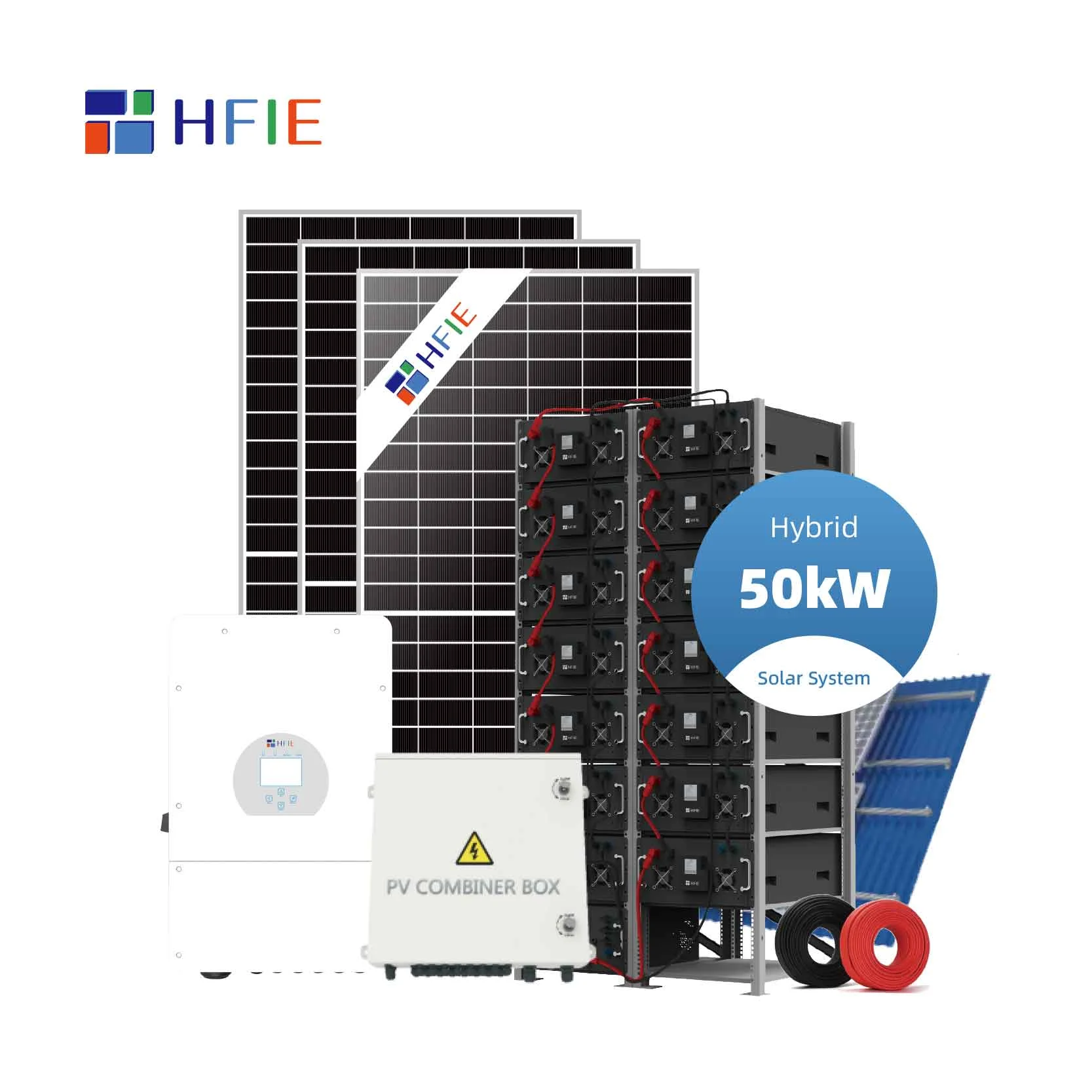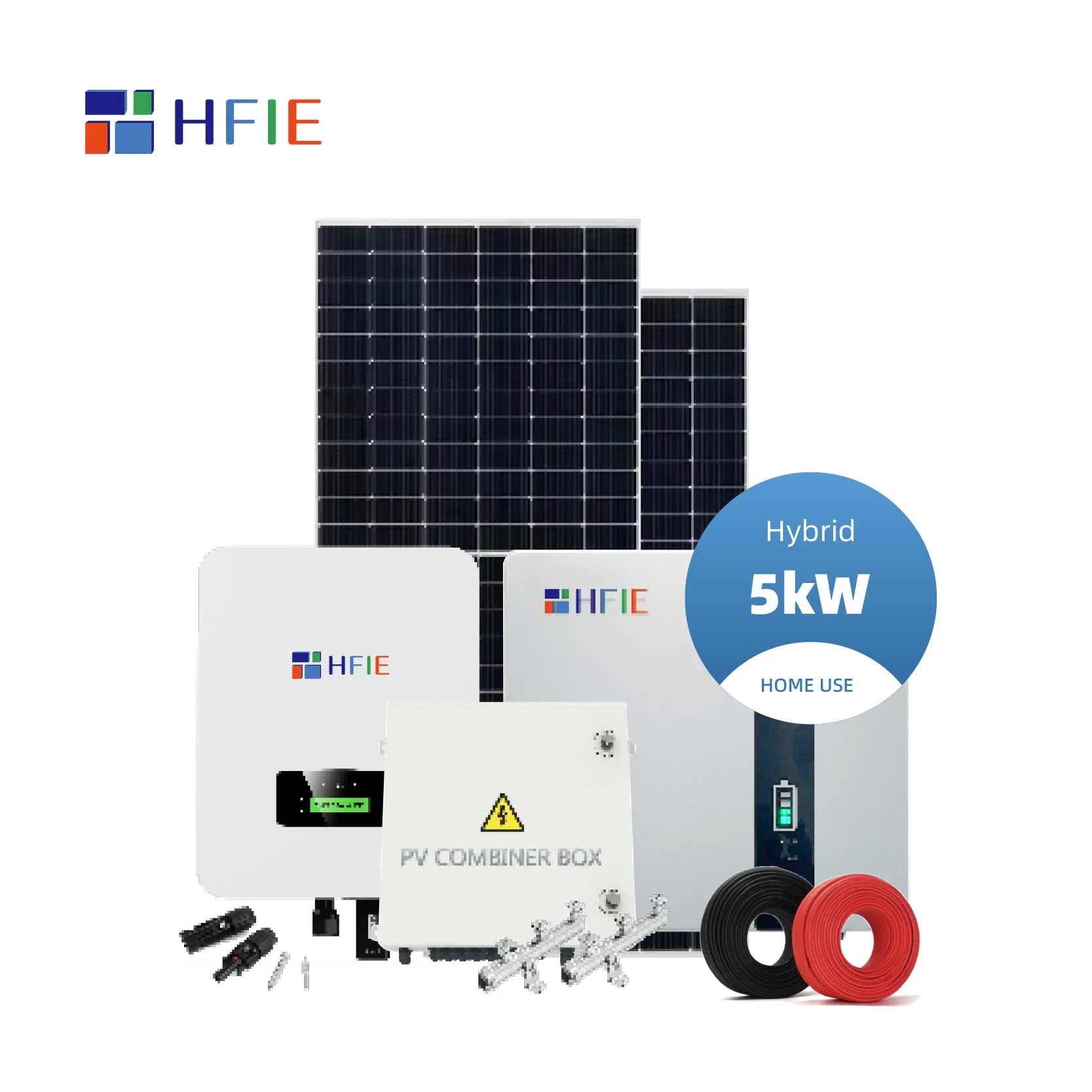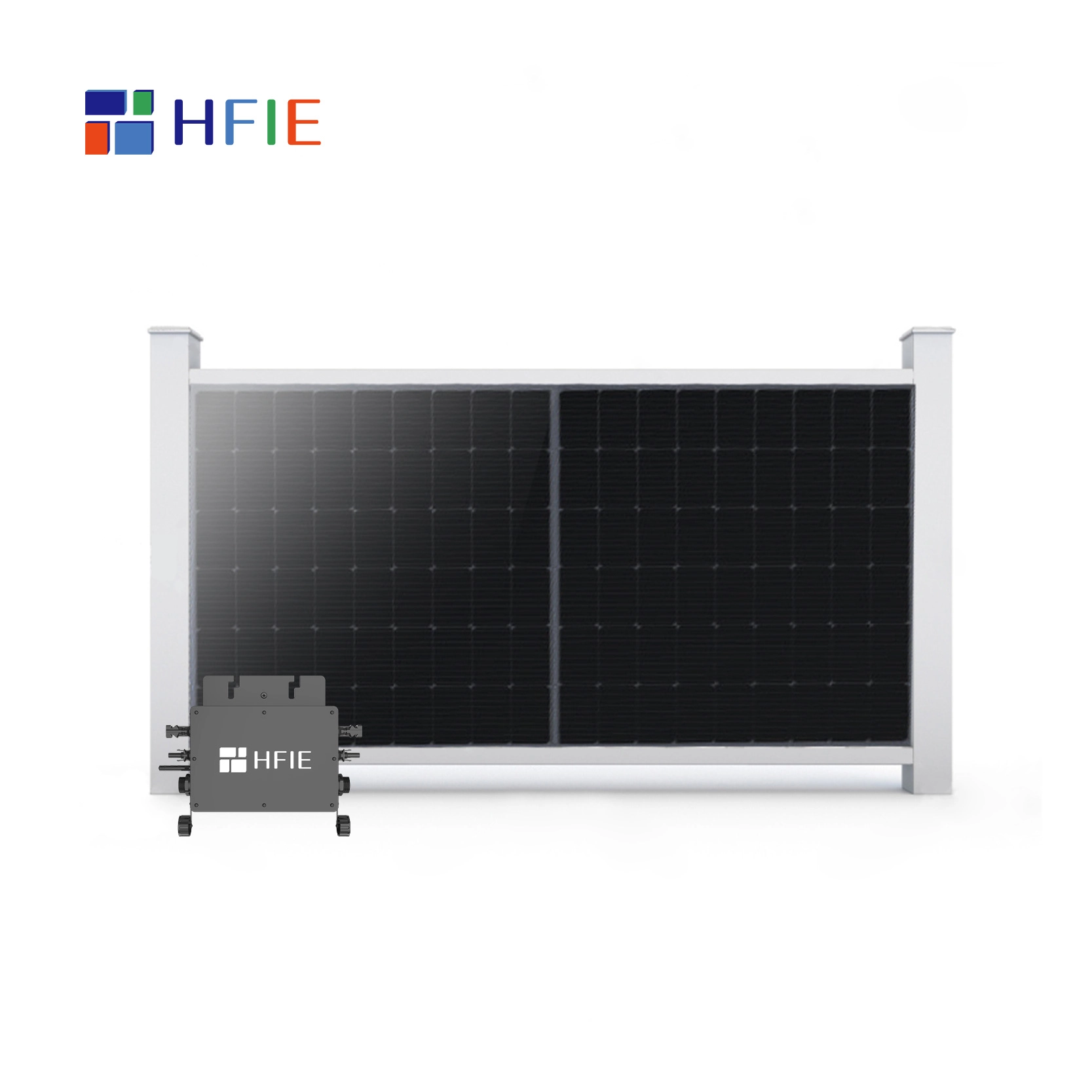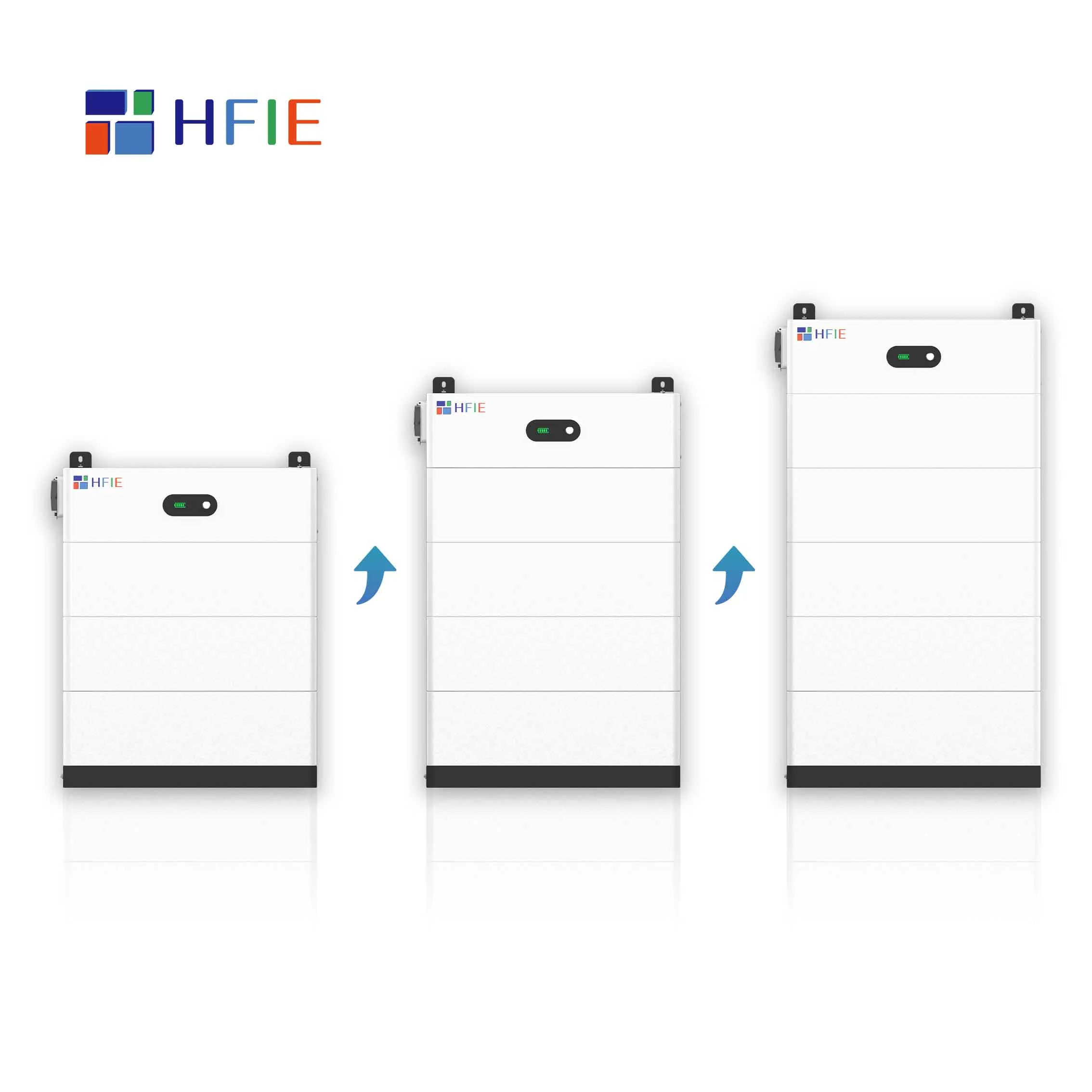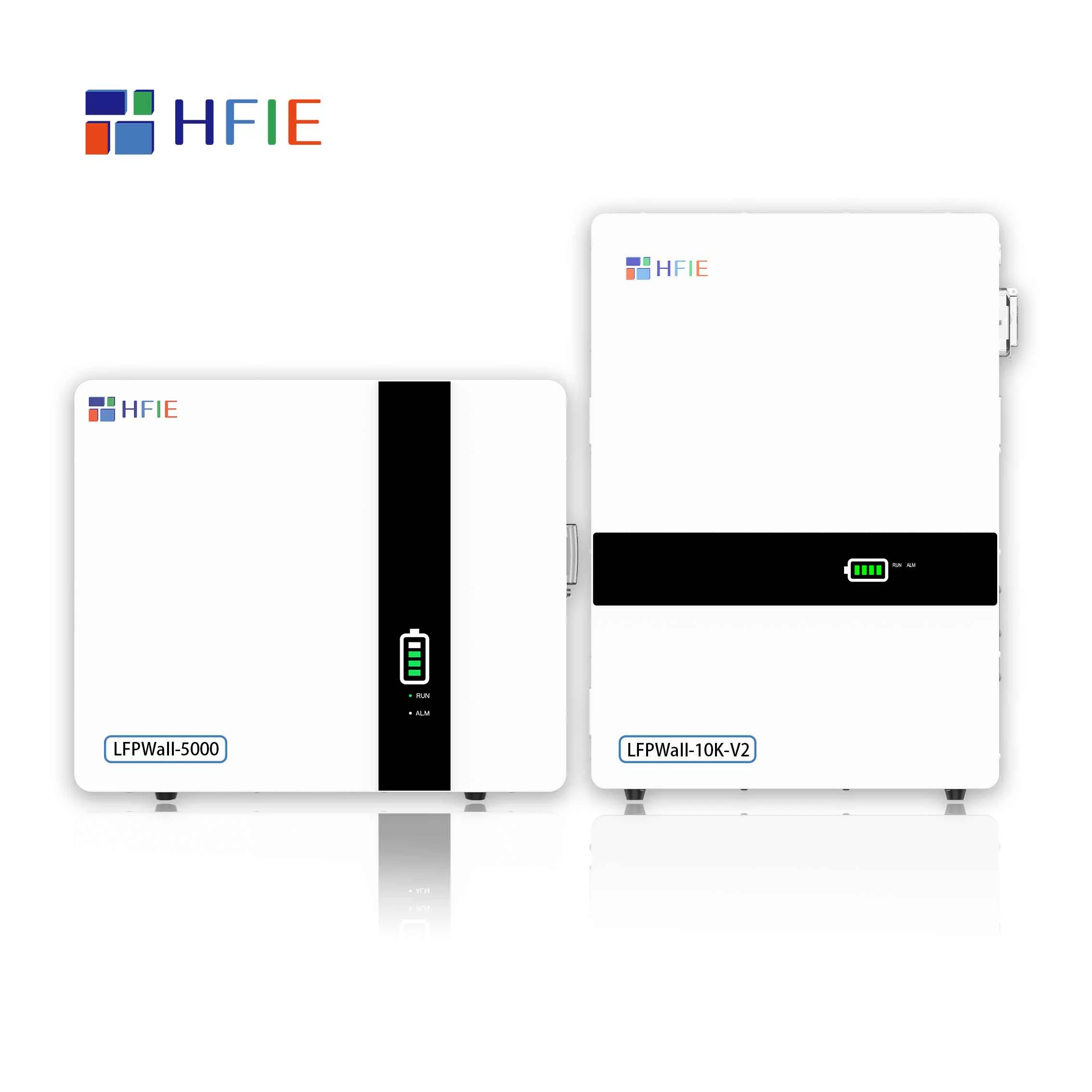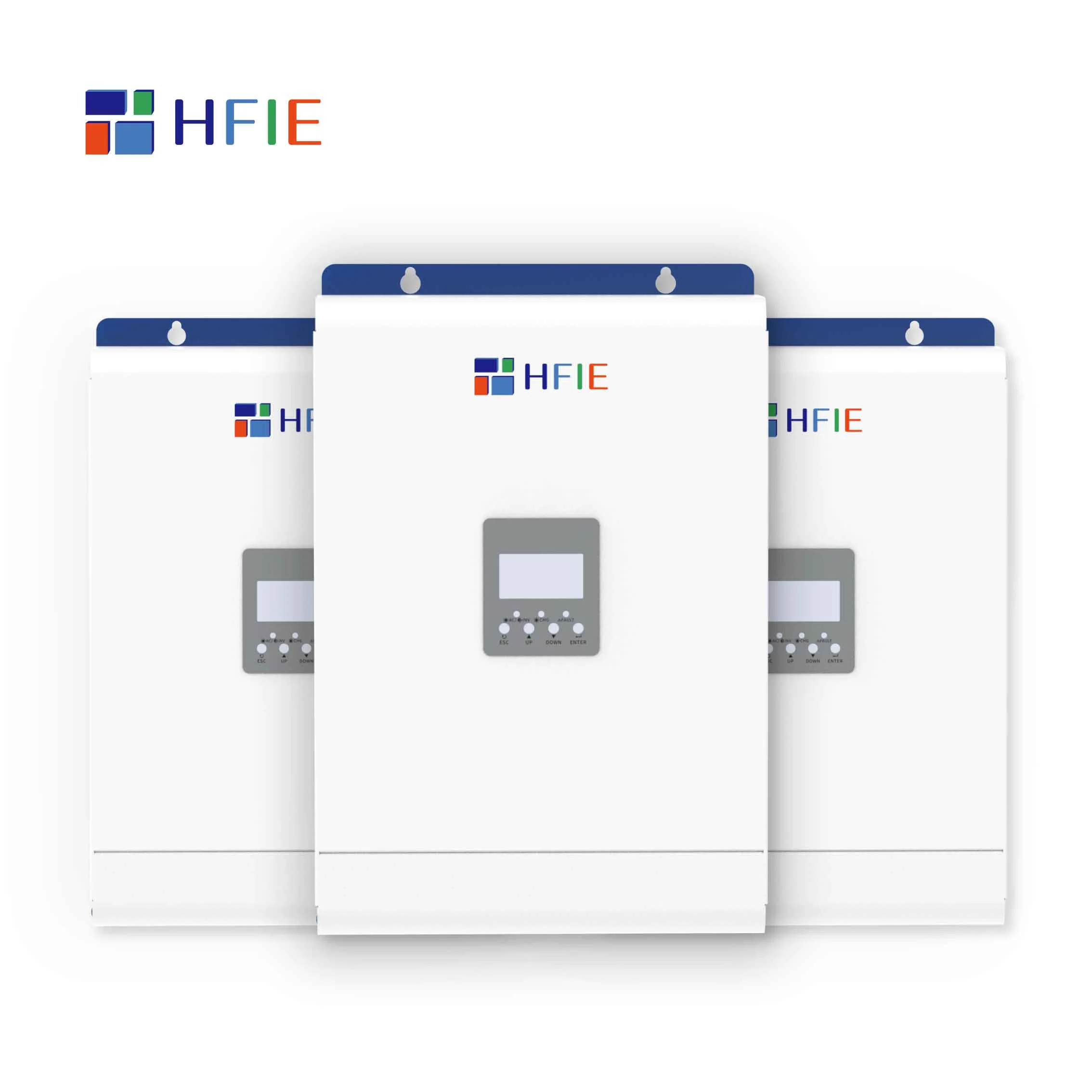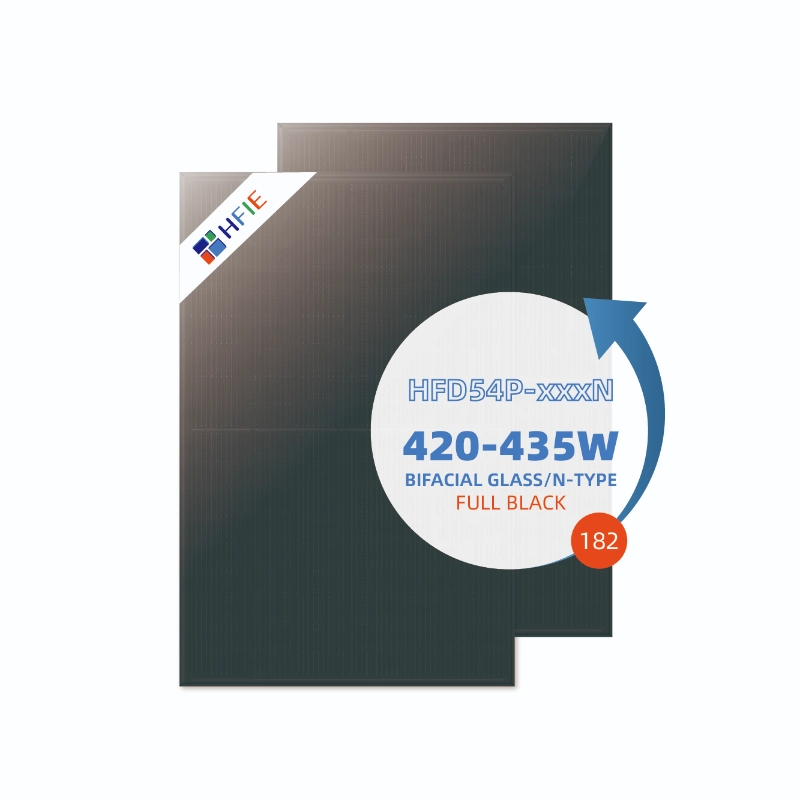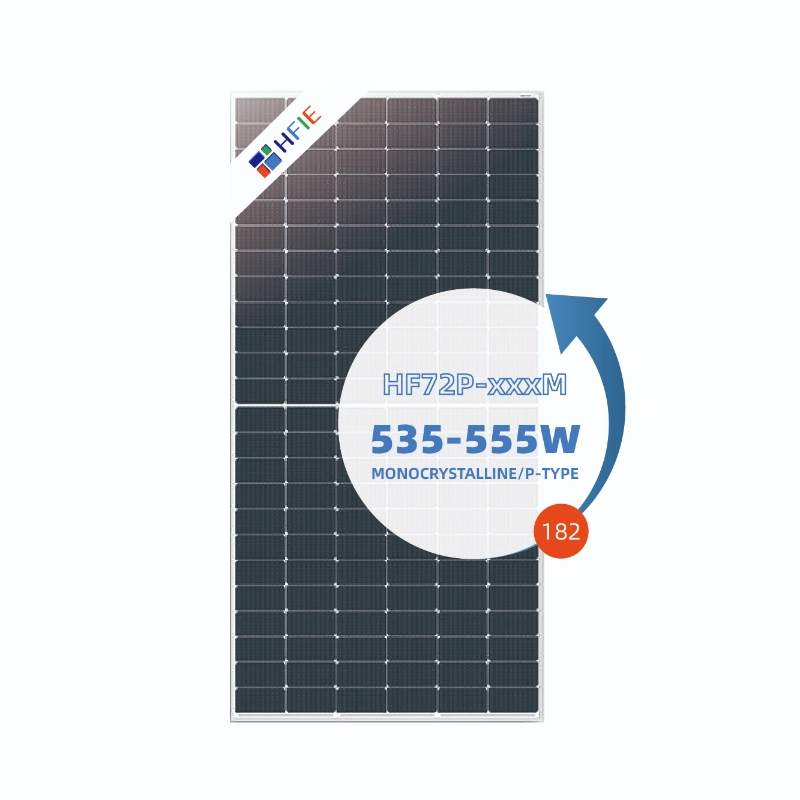The amount of energy stored in the lithium batteries of a solar energy storage system primarily depends on the design of the system and the capacity of the lithium battery. A solar energy system generally consists of solar panels, an inverter, a charge controller, and storage batteries. In such a system, lithium batteries are used to store the electricity generated by the solar panels for use when sunlight is insufficient or during peak energy demand periods.
Lithium Battery Storage Capacity Calculation
The lithium battery energy storage capacity is typically determined by its capacity (in amp-hours or kilowatt-hours) and voltage. In solar energy storage systems, the battery capacity is usually large, and it is typically measured in kilowatt-hours (kWh).
The energy storage can be calculated using the formula:
E=V×C
Where:
E:E is the energy (in kilowatt-hours, kWh),
V:V is the battery voltage (in volts, V),
C:C is the battery capacity (in amp-hours, Ah).
For example, if a solar energy storage system lithium battery has a voltage of 48V and a capacity of 200Ah, the energy stored would be:
E=48V×200Ah=9.6kWh
This means the lithium battery can store 9.6 kWh of energy.
Lithium Battery Storage Practical Applications
Residential Solar Energy Storage Systems
For residential solar energy storage systems, the typical lithium battery capacity ranges from 5 kWh to 20 kWh. For example, some home systems use lithium batteries (such as the Tesla Powerwall) with a storage capacity of 13.5 kWh. This means that during the day, excess energy generated by the solar panels can be stored in the lithium battery for use at night or on cloudy days.
Commercial and Industrial Solar Energy Storage Systems
For commercial and industrial-scale solar energy storage systems, lithium batteries with much larger capacities are used, typically ranging from tens of kWh to several hundred kWh. For example, a commercial solar energy storage system may use a lithium battery bank with a capacity of 100 kWh or more to support higher power demand.
Electric Vehicles and Solar Integration
Solar energy storage systems can also be integrated with electric vehicles to charge the vehicle. By using solar energy for charging and storing it in lithium batteries, more efficient energy use can be achieved.
Factors Affecting Energy Storage Capacity
Battery Type and Capacity
The storage capacity of lithium batteries depends on their type and design. Different types of lithium batteries (such as lithium iron phosphate batteries, lithium cobalt oxide batteries) have varying energy densities and lifespans. Therefore, the amount of energy stored can vary based on the battery type.
System Scale
The scale of the solar energy storage system directly impacts the lithium battery storage capacity. Residential systems are typically smaller, with capacities ranging from 5-20 kWh, while commercial or industrial systems may use much larger storage devices, ranging from tens to hundreds of kWh.
Battery Charge and Discharge Efficiency
The charge and discharge efficiency of lithium batteries also affects the actual energy storage. In practice, the charge efficiency of lithium batteries is usually between 90% and 95%, which means that some energy is lost during the charging and discharging process.
Summary
The amount of energy stored in the lithium batteries of a 太阳能储存系统 is closely related to the battery’s capacity, voltage, and the system’s scale. For residential solar energy storage systems, lithium batteries typically store between 5 kWh and 20 kWh of energy, while commercial and industrial systems may require much larger lithium batteries (ranging from tens to hundreds of kWh). As lithium battery technology continues to advance, energy storage capacity and efficiency are expected to improve, supporting the more effective utilization of solar energy.








